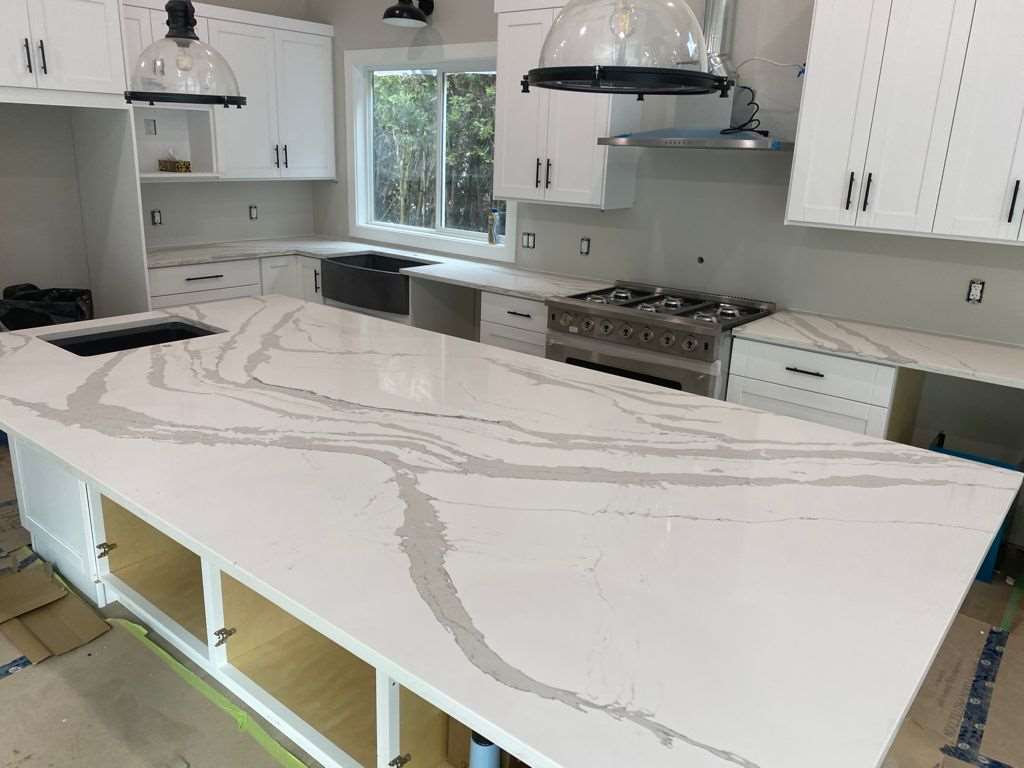Interior Design Styles
Some of the most popular interior design styles
The definition of interior design is the art and science of improving the interior of a space to achieve a healthier and more aesthetically pleasing environment for the people who use the space
Minimalist Style
The definition of interior design is the art and science of improving the interior of a space to achieve a healthier and more aesthetically pleasing environment for the people who use the space


Nordic Style
No wonder the Nordic style is so popular and pays homage to the simplicity of life demonstrated in the Nordic countries. It speaks of the love for trends and the desire to live in comfortable and welcoming environments. You’ve probably heard of the term “Nordic style” this is used so much that you’ve started to wonder what it means. I can sum it up: white walls, wooden floors and modern furniture.
Well! There are different typical features, neutral Swedish, Norwegian and Danish landscape colours with a casual aged look. The long winters and lack of natural light in these countries created a need for elegant and spacious interiors that make the most of available sunlight.


Vintage Style
Vintage style is tricky. For one thing, it’s easy to see why some would want to recreate the sense of elegance that is synonymous with homes of the past. On the other hand, it’s all too easy for a design to come off as if it belonged in Grandma’s house. Antiques are the backbone of any vintage-style interior. Regardless of which era is your favourite, these are the key pieces that help consolidate the vintage feeling in your design.
While antiques are great, it’s unrealistic to think you’ll build your entire space with them. Plus, in all honesty, doing so can make the room feel like a relic instead of a nod to the styles of yesteryear. The best vintage-style interior designs are those inspired by tradition and will achieve this by completing the space with modern pieces, details and accessories inspired by the time.
Classic Style
The Classic Style is refined and rich in details, found in the furniture, lighting, etc. It is not true that the classic style is the style of our aunts and grandmothers. The Classic Style continues to evolve, remains popular and always will be.
This style is rooted in well-established and warm rituals, creating family and friendship ties. The Classic Style can suit people of all ages. If you go for the Classic Style for the interior design of your home, we can confidently assume that it will look good on you now and in a few years, and your guests will too. The classic style lives its own unwavering life, despite short-lived trends.
Modern Style
The word “modern” is one of the most misused definitions in interior design. Often confused with contemporary style, today’s modern style is based on a design movement, it was born in the early 20th century. The Modern Style movement continued to grow in popularity throughout the first half of the century, and the later derivatives of this style are known as mid-century modern and post-modern. It is one of the purest interior design styles.
With roots in German and Scandinavian architecture and design, the modern style is simple and unadorned. Refers to the 1920s to 1950s. Modern-style furnishings and décor use natural materials, neutral or earthy colours, and the removal of necessary detail.


Art Deco Style
The Art Deco style is one of the most iconic of the 20th century, a symbol of glamour and sophistication defined by the 1920s. It was a revolutionary shift away from the austerity and heavy décor of the Victorian Era that remained as current throughout the years as it was in its early days.
The fundamental characteristics of the Art Deco style are a tendency toward geometry (particularly rectilinear), monochrome palettes, and the inclusion of influences from the Industrial Revolution, giving it a timelessly modern look. Stylized sunbursts, stepped motifs, and references to African, Russian, and Egyptian cultures are typical cues.










